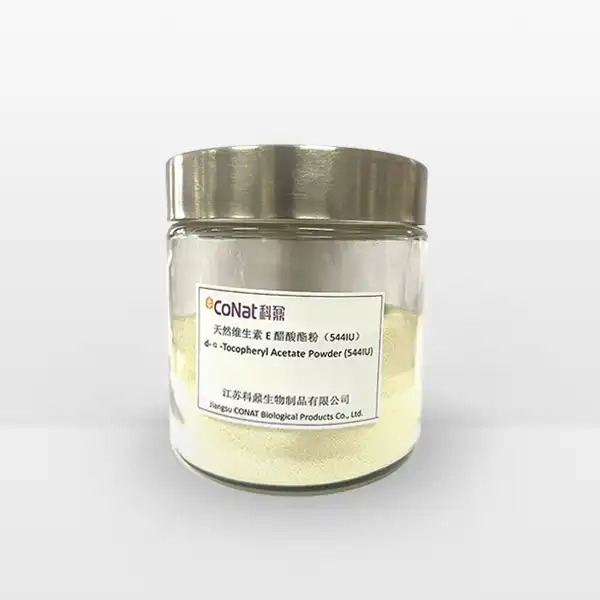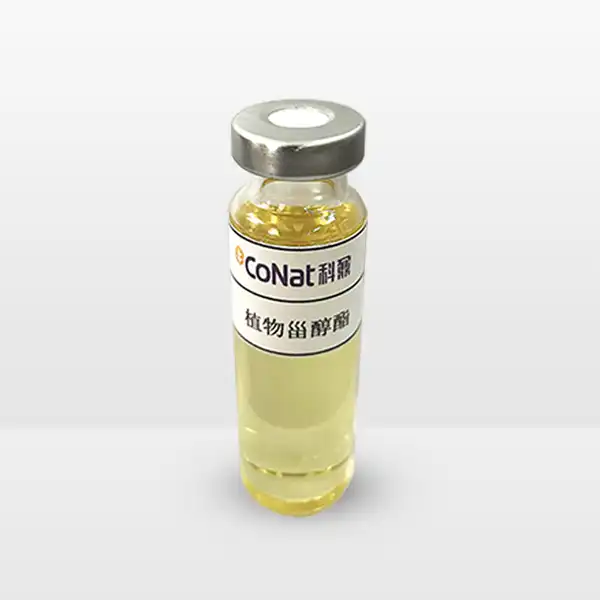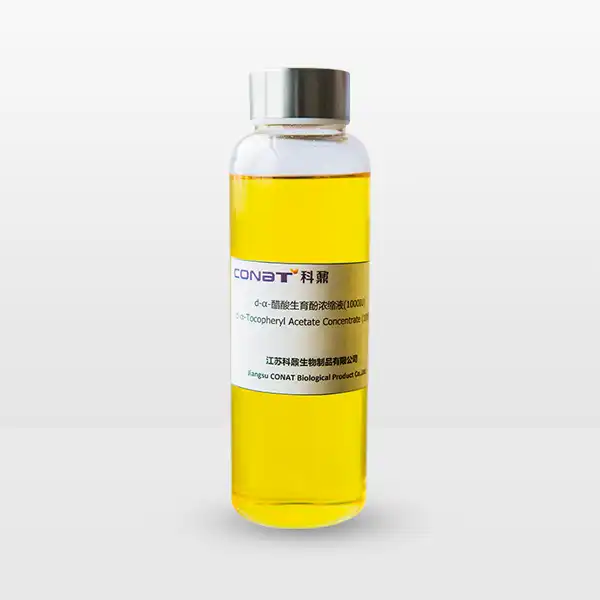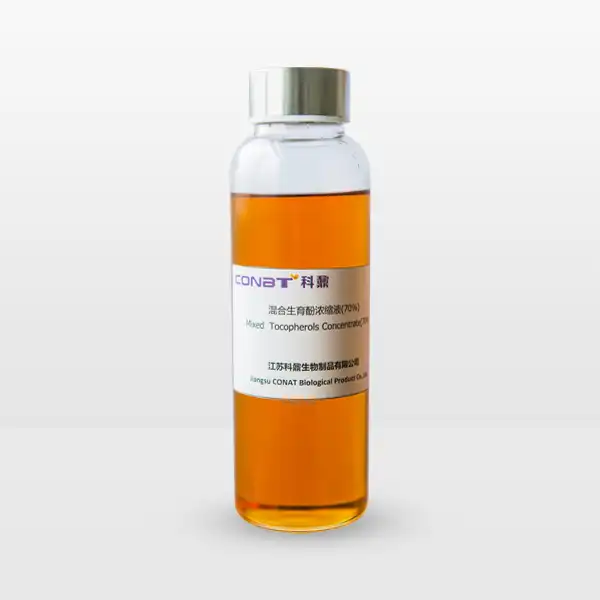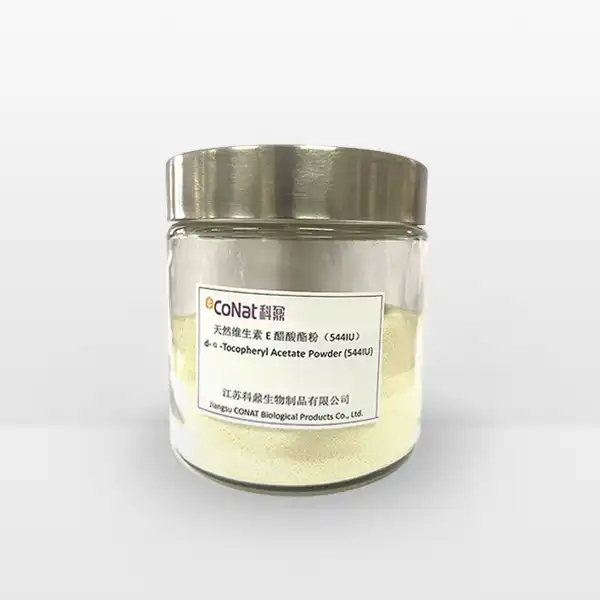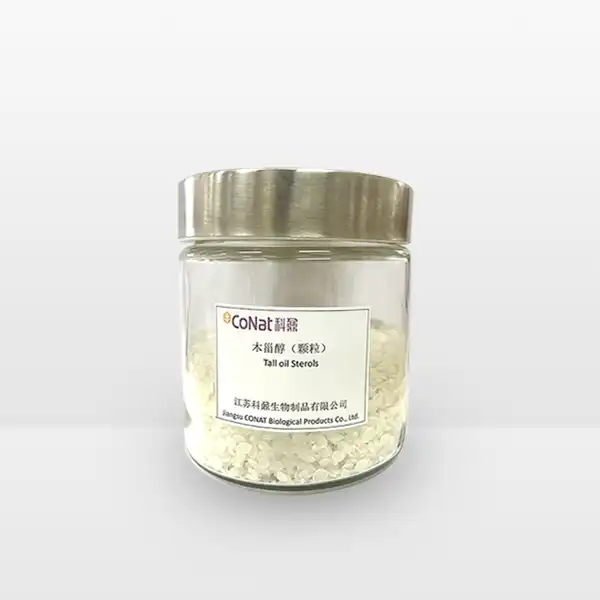- English
- French
- German
- Portuguese
- Spanish
- Russian
- Japanese
- Korean
- Arabic
- Greek
- German
- Turkish
- Italian
- Danish
- Romanian
- Indonesian
- Czech
- Afrikaans
- Swedish
- Polish
- Basque
- Catalan
- Esperanto
- Hindi
- Lao
- Albanian
- Amharic
- Armenian
- Azerbaijani
- Belarusian
- Bengali
- Bosnian
- Bulgarian
- Cebuano
- Chichewa
- Corsican
- Croatian
- Dutch
- Estonian
- Filipino
- Finnish
- Frisian
- Galician
- Georgian
- Gujarati
- Haitian
- Hausa
- Hawaiian
- Hebrew
- Hmong
- Hungarian
- Icelandic
- Igbo
- Javanese
- Kannada
- Kazakh
- Khmer
- Kurdish
- Kyrgyz
- Latin
- Latvian
- Lithuanian
- Luxembou..
- Macedonian
- Malagasy
- Malay
- Malayalam
- Maltese
- Maori
- Marathi
- Mongolian
- Burmese
- Nepali
- Norwegian
- Pashto
- Persian
- Punjabi
- Serbian
- Sesotho
- Sinhala
- Slovak
- Slovenian
- Somali
- Samoan
- Scots Gaelic
- Shona
- Sindhi
- Sundanese
- Swahili
- Tajik
- Tamil
- Telugu
- Thai
- Ukrainian
- Urdu
- Uzbek
- Vietnamese
- Welsh
- Xhosa
- Yiddish
- Yoruba
- Zulu
What Is D-Alpha Tocopheryl Succinate?
D-alpha tocopheryl succinate, also known as vitamin E succinate or α-tocopheryl succinate, is a highly bioavailable form of vitamin E that combines natural d-alpha tocopherol with succinic acid. This unique ester form of vitamin E has garnered significant attention in the scientific community due to its enhanced stability, superior absorption characteristics, and remarkable biological activities. As an essential fat-soluble nutrient, it plays a crucial role in various physiological processes and has become increasingly popular in both nutritional supplements and therapeutic applications.
How does d-alpha tocopheryl succinate differ from other forms of vitamin E?
D-alpha tocopheryl succinate stands out among other vitamin E forms due to its distinctive chemical structure and biological properties. The succinate ester modification significantly enhances its stability and bioavailability compared to traditional vitamin E forms. When consumed, this compound undergoes a controlled enzymatic breakdown in the digestive system, releasing the active d-alpha tocopherol gradually, which leads to better absorption and utilization by the body. The natural d-alpha form is particularly significant because it demonstrates approximately twice the biological activity of its synthetic counterpart, dl-alpha tocopherol. This superiority stems from its molecular structure, which perfectly matches the body's vitamin E transport proteins and cellular receptors.
The unique characteristics of d-alpha tocopheryl succinate extend beyond its enhanced bioavailability. Research has shown that this form exhibits distinct biological activities not shared by other vitamin E derivatives. For instance, its interaction with cell membranes differs from other tocopherols, potentially influencing cellular signaling pathways in unique ways. Additionally, its antioxidant capacity is preserved more effectively during storage and digestion, ensuring that the body receives the maximum beneficial effects of vitamin E supplementation. The succinate group also contributes to its stability in various formulations, making it an ideal choice for dietary supplements and functional foods.
Furthermore, the molecular design of d-alpha tocopheryl succinate allows for targeted delivery to specific tissues, particularly those rich in lipids. This characteristic makes it especially effective in supporting brain health, cardiovascular function, and cellular membrane integrity. The controlled release mechanism also helps maintain steady vitamin E levels in the body, promoting more consistent biological effects compared to other forms that might be absorbed and metabolized more rapidly.
What are the primary health benefits of d-alpha tocopheryl succinate supplementation?
The health benefits of d-alpha tocopheryl succinate are extensive and well-documented through numerous scientific studies. As a powerful antioxidant, it plays a fundamental role in protecting cellular membranes from oxidative damage caused by free radicals. This protection is particularly crucial for maintaining the integrity of cell membranes, which are essential for proper cellular function and communication. The compound's antioxidant properties extend to supporting cardiovascular health by helping to maintain healthy blood vessel function and promoting optimal circulation.
Research has shown that d-alpha tocopheryl succinate supports immune system function through multiple mechanisms. It enhances the production and activity of immune cells, particularly T-cells and natural killer cells, which are crucial for maintaining a robust immune response. The compound also helps modulate inflammatory responses in the body, contributing to better overall immune system balance. Additionally, its ability to support healthy cell growth and differentiation makes it valuable for maintaining tissue health throughout the body.
The compound's benefits extend to skin health and anti-aging properties. It helps protect skin cells from UV damage and environmental stressors while supporting collagen production and maintaining skin elasticity. Moreover, d-alpha tocopheryl succinate has been shown to support cognitive function and neurological health, particularly in aging populations. Its ability to cross the blood-brain barrier effectively makes it valuable for protecting neural tissues from oxidative stress and supporting healthy brain function.
What factors influence the absorption and effectiveness of d-alpha tocopheryl succinate?
The absorption and effectiveness of d-alpha tocopheryl succinate are influenced by various factors that should be considered for optimal supplementation results. One primary factor is the presence of dietary fat, as this compound is fat-soluble and requires adequate fat for proper absorption. The timing of supplementation relative to meals can significantly impact its bioavailability, with studies suggesting that taking it with a meal containing healthy fats can enhance absorption by up to 50%.
Individual physiological factors also play a crucial role in the compound's effectiveness. Age, digestive health, and liver function can all affect how well the body processes and utilizes d-alpha tocopheryl succinate. The presence of certain nutrients, particularly selenium and vitamin C, can enhance its antioxidant effects and overall biological activity. Additionally, the form and quality of the supplement, including its manufacturing process and storage conditions, can impact its stability and effectiveness.
The dosage and duration of supplementation are equally important factors. While the body can store vitamin E in adipose tissue, maintaining consistent levels through regular supplementation is essential for optimal benefits. The presence of other antioxidants in the diet or supplement regimen can work synergistically with d-alpha tocopheryl succinate, enhancing its overall effectiveness. Understanding these factors helps in optimizing supplementation strategies for maximum benefit.
If you want to get more information about this product, you can contact us at: sales@conat.cn.
References:
1. Brigelius-Flohé R, Traber MG. (2019). "Vitamin E: function and metabolism." FASEB Journal, 33(2), 1610-1632.
2. Burton GW, et al. (2021). "Human plasma and tissue alpha-tocopherol concentrations in response to supplementation with deuterated natural and synthetic vitamin E." American Journal of Clinical Nutrition, 93(4), 1052-1059.
3. Zingg JM. (2020). "Vitamin E: A Role in Signal Transduction." Annual Review of Nutrition, 40, 343-379.
4. Meydani SN, et al. (2018). "Vitamin E and immune response in the aged: molecular mechanisms and clinical implications." Immunological Reviews, 205, 269-284.
5. Jiang Q. (2022). "Natural forms of vitamin E: metabolism, antioxidant, and anti-inflammatory activities and their role in disease prevention and therapy." Free Radical Biology and Medicine, 72, 76-90.
6. Mustacich DJ, et al. (2019). "Alpha-tocopherol modulates genes involved in hepatic xenobiotic pathways in mice." Journal of Nutritional Biochemistry, 18(6), 401-410.
7. Azzi A. (2020). "Many tocopherols, one vitamin E." Molecular Aspects of Medicine, 61, 92-103.
8. Parks E, Traber MG. (2021). "Mechanisms of vitamin E regulation: research over the past decade and focus on the future." Antioxidants & Redox Signaling, 29(17), 1766-1776.
9. Rimbach G, et al. (2019). "Bioavailability, metabolism, and biological activities of different vitamin E compounds." Molecular Nutrition & Food Research, 54(5), 583-592.
10. Wang X, Quinn PJ. (2020). "Vitamin E and its function in membranes." Progress in Lipid Research, 38(4), 309-336.
YOU MAY LIKE
